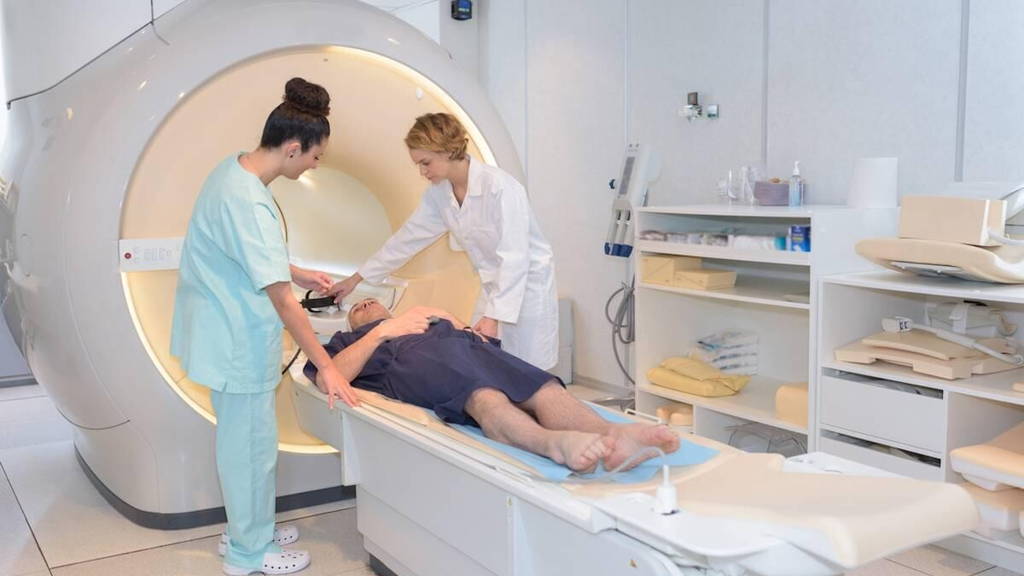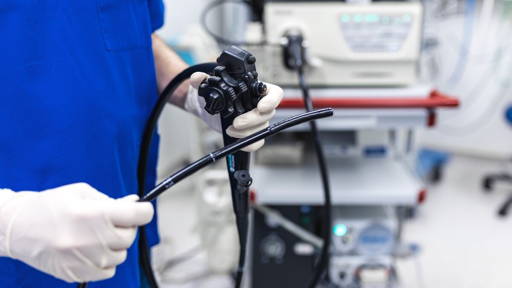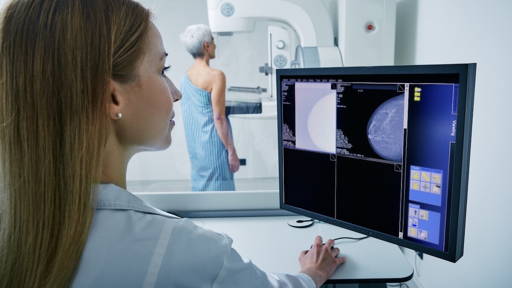British researchers have found that MRI scans can help detect a life-threatening heart condition caused by a mutation of the LMNA gene. The condition affects the heart's pumping function and can cause abnormal, life-threatening arrhythmias such as atrial fibrillation. This discovery may help cardiologists better predict which patients are most at risk.
Lamin's disease is rare but also often goes undiagnosed. It particularly affects people aged between 30 and 40. About one in 5,000 people carry a potentially harmful LMNA mutation. About 10 per cent of people in whom heart failure runs in the family experience the life-threatening heart disease caused by the mutation.
Added value MRI
Currently, risk estimates are based on data from electrocardiograms (ECGs), which only track the electrical activity of the heart, as well as the patient's gender, genetics, symptoms and a basic measurement of heart function by ultrasound (echocardiogram).
The UK researchers have found that using an MRI scan can detect cardiac inflammation, scarring and impaired heart function. They therefore believe that these new insights should be used in risk assessment for this condition and in informing decisions about which patients should be considered for a heart transplant or implantable defibrillator.
"The current tool to predict risk is not brilliant and underperforms especially in women. Predicting risk is important because it determines which patients are recommended for a defibrillator," the researchers said. The study was led by researchers at UCL (University College London) and published in JACC: Cardiovascular Imaging.
MRI in treating cardiac arrhythmias
The added value of an MRI in treating heart disease was already demonstrated by the Amsterdam UMC in 2019. Back then, that hospital was the first in Europe, to start using MRI scans to treat cardiac arrhythmias. Before that, AUMC Amsterdam had then commissioned the Advantage-MR EP recorder/stimulator system to enable MRI-guided treatment of cardiac arrhythmias. This combined two methods: the existing procedures for treating arrhythmias and the use of the MRI scanner instead of an X-ray machine.
LMNA gene
The LMNA gene instructs the body to make the proteins lamin A and C, which are crucial for the structure and stability of the nuclei (command centres) of heart cells. Mutations in the LMNA gene can lead to problems such as dilated cardiomyopathy (in which the heart muscle wall becomes enlarged and weaker), life-threatening heart rhythms and disruption of the electrical signals that control the heart rate. Lamin's disease affects people at a younger age and has a higher rate of sudden cardiac death than other similar forms of heart muscle disease.
Currently, close relatives of people with Lamin's disease are screened for an LMNA mutation. Carriers of a mutated gene are usually followed up with electrocardiograms and echocardiograms to detect conduction disturbances (a disorder in the heart's electrical system), cardiac arrhythmias and early cardiac dysfunction. The frequency of follow-up depends on the symptoms and abnormalities detected (if any).
For the study, MRI data from 187 people were analysed; 67 of them had heart disease, 73 had dilated cardiomyopathy with no known genetic cause and 47 were healthy volunteers. The team also found that participants with a specific LMNA mutation - a shortened or truncated gene - had worse heart function. A shortened LMNA gene has previously been associated with more aggressive disease than other LMNA mutations, but the cardiac MRIs showed why this might be in terms of the mechanics of the heart.









